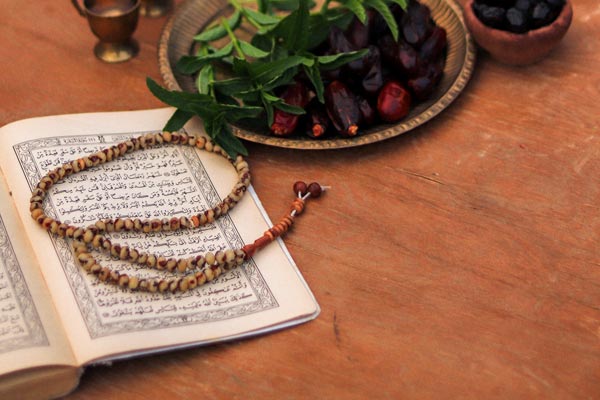10. country / nation / state
核心区别:地理 vs. 文化 vs. 政治
country 国家
特点:地理意义上的独立区域,有政府、边界。
例句:
China is a large country in Asia.
中国是亚洲的一个大国。
nation 民族/国家
特点:文化、历史共同体 如“中华民族” 。
例句:
The Chinese nation has a long history.
中华民族有着悠久的历史。
state 政治实体
特点:政治意义上的政府或政权。
例句:
The state provides public services.
国家提供公共服务。
易错点:
🌍 country = 地理国家, nation = 文化民族, state = 政治实体。
11. question / problem
核心区别:询问 vs. 困难
question 问题
特点:需要解答的疑问 如数学题、知识询问 。
常与动词ask, answer连用。
例句:
Can I ask you a question about history?
我能问你一个历史问题吗?
problem 难题
特点:需要解决的困难 如环境污染 。
例句:
Pollution is a big problem in cities.
污染是城市中的一个大难题。
一句话总结:
question = 要回答, problem = 要解决。
12. incident / accident
核心区别:小事件 vs. 严重意外
incident 事件
特点:较小、不严重的意外 如争吵、小事故 。
例句:
There was a small incident at the party.
聚会上发生了一点小插曲。
accident 事故
特点:严重、非预期的意外 如车祸 。
例句:
The car accident caused heavy traffic.
这场车祸导致了严重的交通堵塞。
易错点:
🚨 incident = 小事件, accident = 严重意外。
13.amount / number
核心区别:不可数 vs. 可数
amount 数量
特点:用于不可数名词 如 water, money 。
例句:
A large amount of rain fell yesterday.
昨天下了大量雨水。
number 数目
特点:用于可数名词 如 books, students 。
例句:
The number of students in the class is 30.
班上学生人数是30人。
易错点:
💧 amount + 不可数名词, number + 可数名词。
14. photo / picture / drawing
核心区别:拍摄 vs. 图像总称 vs. 手绘
photo 照片
特点:用相机拍摄的图像。
例句:
I took a photo of the sunset.
我拍了一张日落的照片。
picture 图像
特点:泛指所有类型的图像 包括照片、绘画、图片、电影片等 。
例句:
There’s a beautiful picture on the wall.
墙上有一幅漂亮的画。
drawing 绘画
特点:手绘的图像 如素描、卡通 。
例句:
My sister is good at drawing animals.
我妹妹擅长画动物。
一句话总结:
photo = 相机拍的, picture = 所有图像, drawing = 手绘的。
15. vocabulary/ word
核心区别:词汇总量 vs. 单一词汇
vocabulary 词汇
特点:指一个人掌握的所有词汇 集合名词 。
例句:
Reading helps improve your vocabulary.
阅读有助于提高你的词汇量。
word 单词
特点:指单个的词汇。
例句:
“Happy” is a positive word.
“快乐”是一个积极的单词。
易错点:
📚 vocabulary= 词汇总量, word= 单一词汇。








